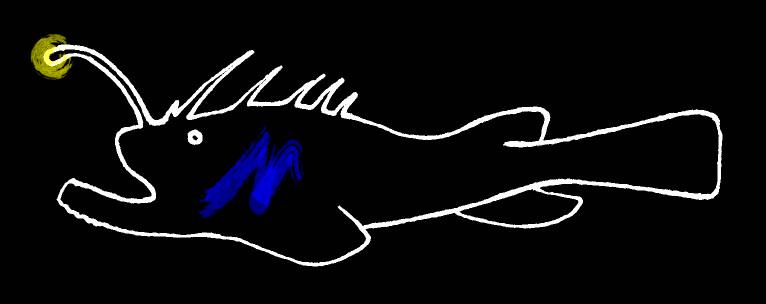 Probes
and Sensors
Probes
and Sensors Probes
and Sensors
Probes
and Sensors
Bacteria are known that can produce light – this has been put to good use by insects (eg the glow fly) and deep-sea fish such as the angler fish (below), which carry these bacteria in special organs.
Some of these organs are very complex and have ‘shutters’ to allow the light to be blocked as well as lenses and other modifying functions. This relationship is good for both the bacteria (which get protection and nutrients) and the fish (which in this case gets a bright ‘lure’ to attract small fish into its mouth).

The bacteria can be useful due to several factors
1: The gene that makes them glow is known and it can be put into other bacteria – this makes them glow too
2: The bacteria glow most strongly when healthy – even a short drop in health (eg by a poison) causes a fairly serious drop in light output.
3: Different bacteria are sensitive to different poisons.
This can be used to make a sensor for pollutants and bacteria in vanishingly tiny concentrations. Quite simply, a row of tiny wells is made with each well containing a different type of bacteria made to glow by putting the correct gene in by genetic engineering. The water sample is passed over the wells – if any of them contain bacteria vulnerable to something within the water sample then light output from that well will go down or stop altogether.

By seeing which bacteria are affected, the type of poison could be worked out – this has the benefit of being very sensitive. Extremely small quantities of toxins can be detected by this method.
t Back Return to Introduction Next u